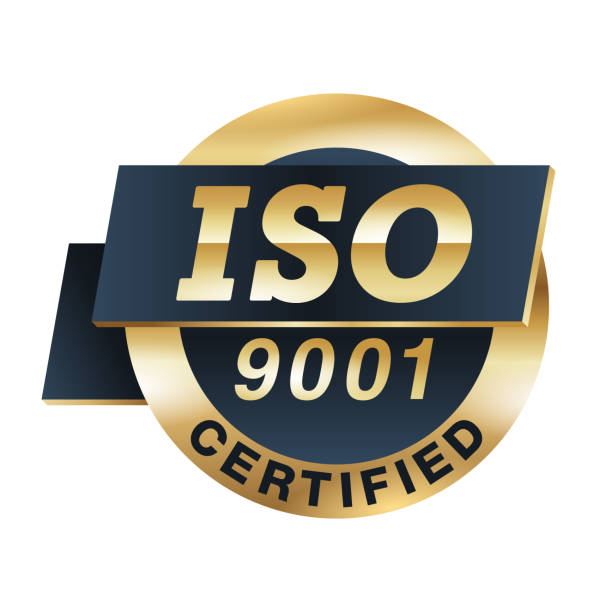Quanhom Technology Co., LTD is a company engaged in the area of development and production of thermal infrared optics. The high precision product range includes infrared lenses assemblies of SWIR/MWIR/LWIR , eyepieces, infrared lens elements, etc.
Home / All / Production and Quality /
What are the effects of atmospheric transport on mid-wave and long-wave infrared radiation?
Functions

What are the effects of atmospheric transport on mid-wave and long-wave infrared radiation?
The curve of the infrared radiation received by the detector varies with the parameters, and the change trend is clear: at low altitude, the infrared radiation received by the detector decreases linearly with the increase of the detection height; it shows a Gaussian distribution with the change of the azimuth angle; The increase of visibility increases exponentially. When the visibility is less than a certain distance, with the increase of visibility, the increasing trend of infrared radiation gradually strengthens, and after reaching a certain distance, its increasing trend gradually slows down; with the increase of relative humidity, it is logarithmic When the relative humidity is low, the change is relatively slow, when the relative humidity is close to saturation, the rate of decline accelerates sharply; it decreases linearly with the increase of carbon dioxide content. Under the same conditions, the radiation attenuation in the long-wave band is smaller than that in the medium-wave band, and the attenuation rate of radiation in summer is significantly smaller than that in winter.
(The Gaussian distribution curve is bell-shaped, low at both ends and high in the middle, and symmetrical to the left and right because the curve is bell-shaped.)
(Quote—Li Fei. Analysis of Atmospheric Transmission Impact on Mid-wave and Long-wave Infrared Radiation [J]. Infrared Technology, 2019, 41(4): 315.)
Quanhom Technology Co., LTD is a company engaged in the area of development and production of thermal infrared optics. The high precision product range includes infrared lenses assemblies of SWIR/MWIR/LWIR , eyepieces, infrared lens elements, etc.
